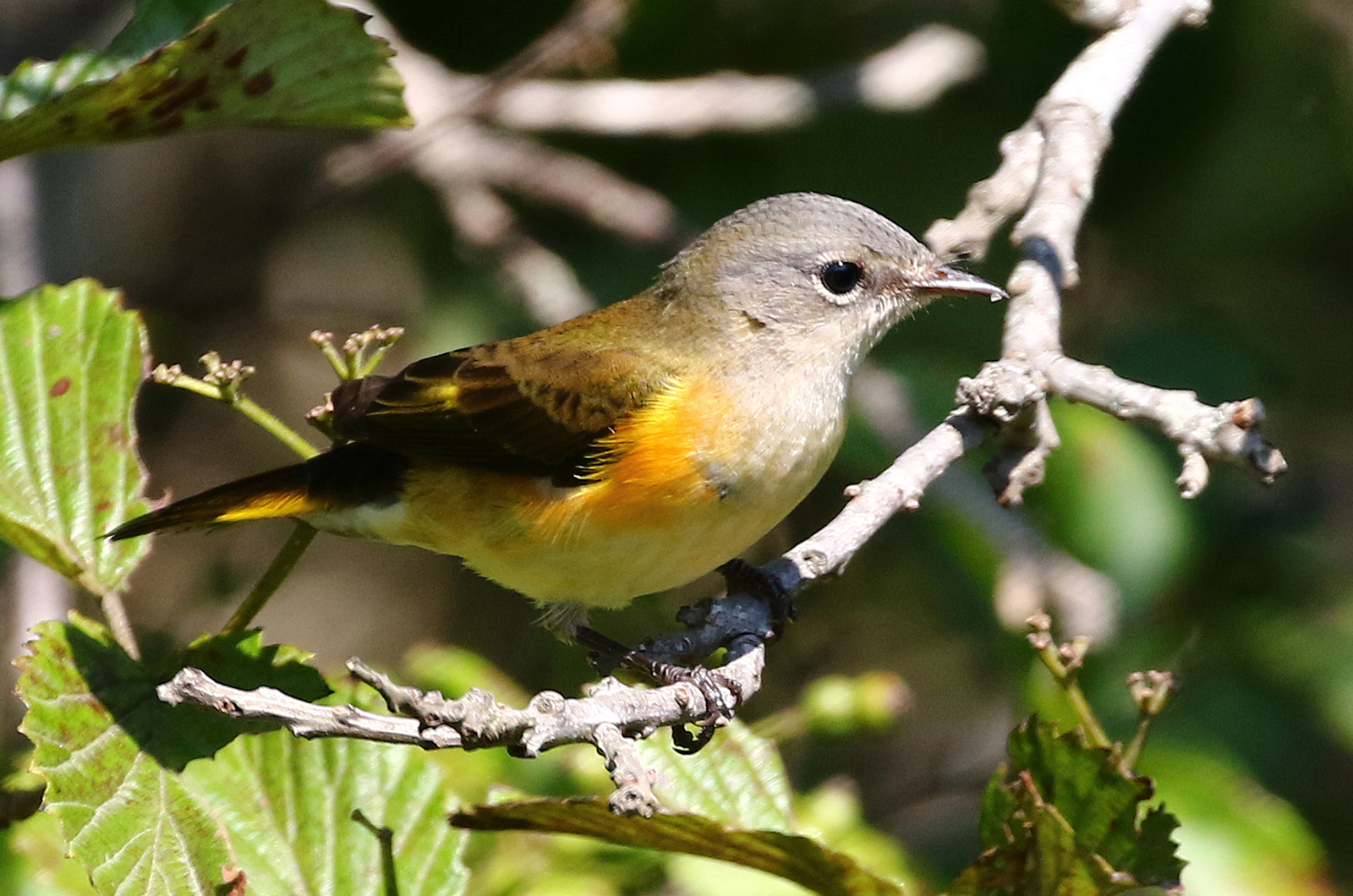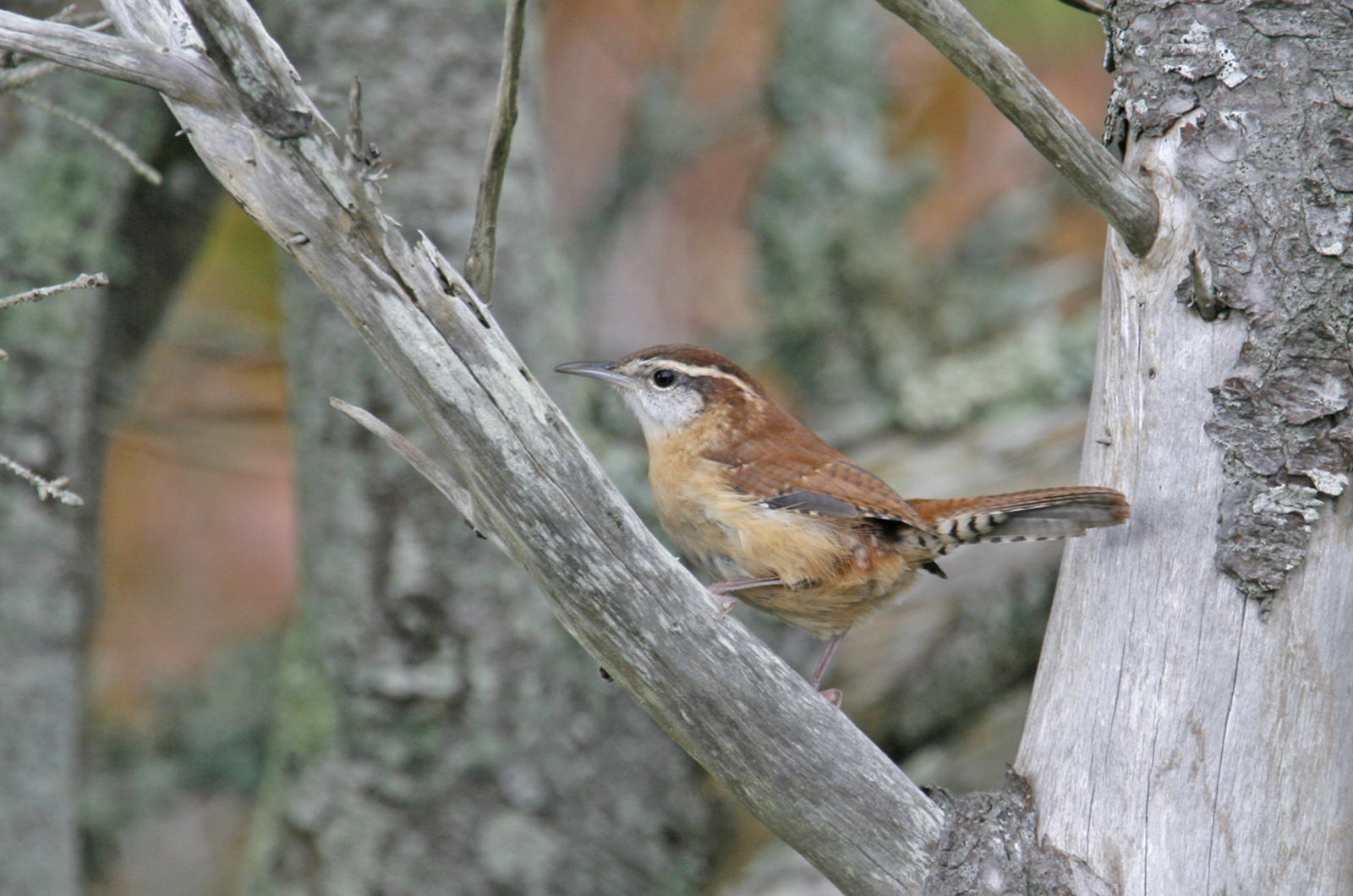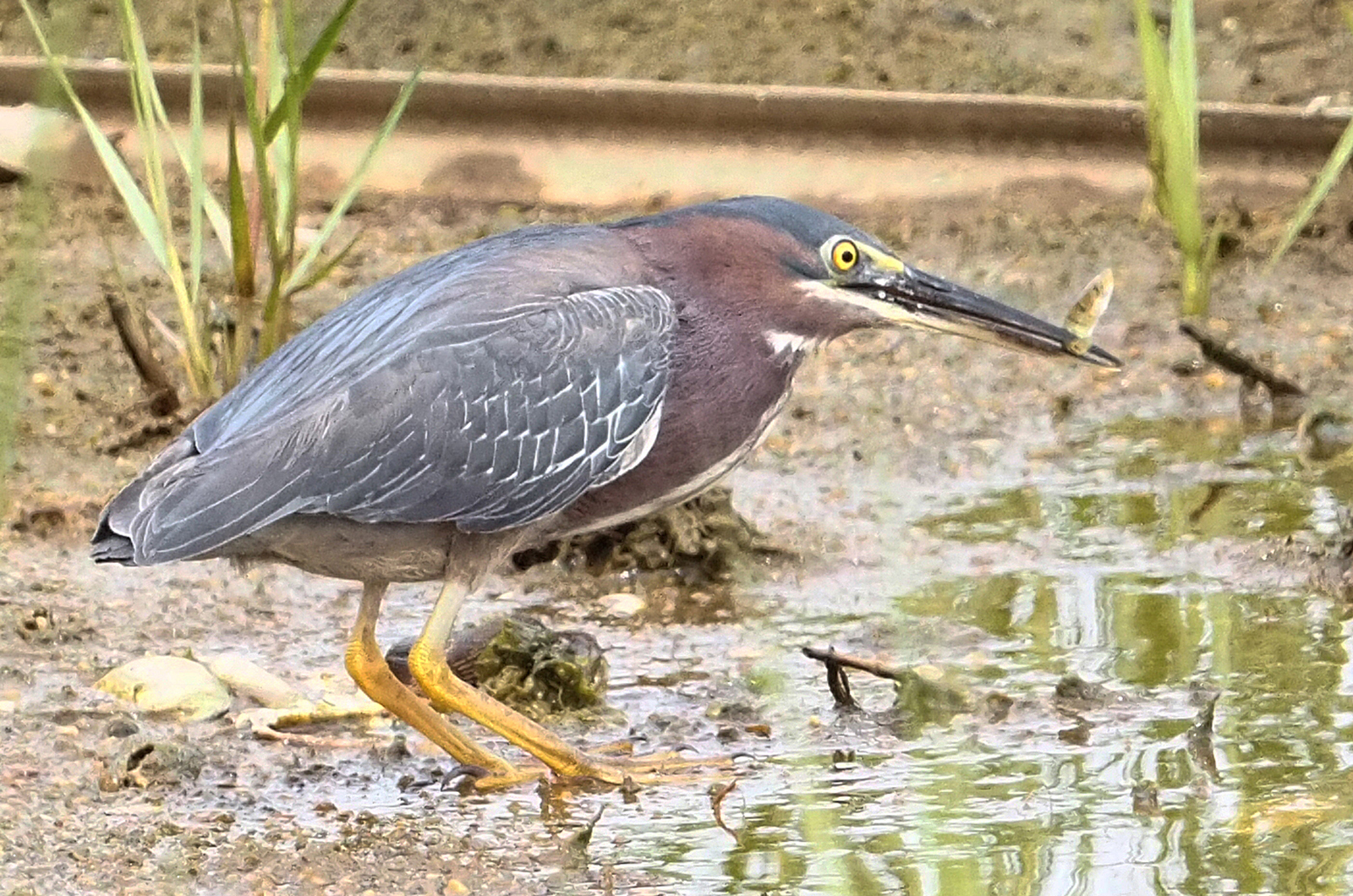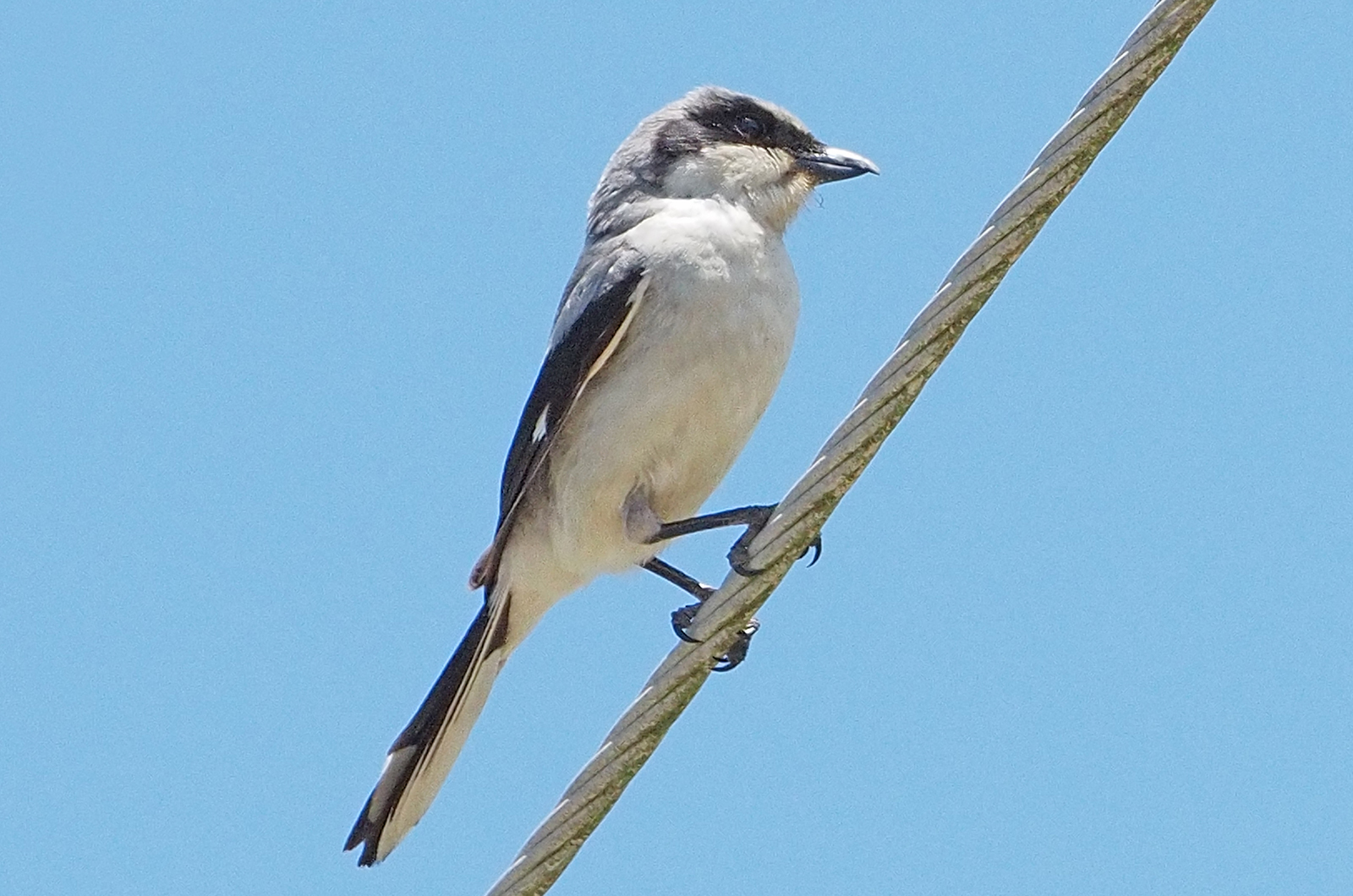The excitement started on a Thursday afternoon, July 25, when John Nelson texted me about his sighting of a ferruginous hawk that he just saw at Katama Farm.
To say that it is rare here would be an understatement. This species had never been recorded on the Island or anywhere else in all of New England.
Well, sort of.
The first ever New England sighting was on July 14, in Maine near Lewiston and Augusta. Its normal range is west of a line from southern Texas to North Dakota. Not coincidentally, the July 14 sighting was only a couple of days after the remnants of Hurricane Beryl, which blew its way up the Gulf Coast of Texas to finally fizzle out along the St. Lawrence Seaway.
John Nelson provided a very detailed description of what he saw, which I quote here to show how detailed a report of a rare species has to be when there is no photograph.
He wrote: “On Thursday 7/25 at 3 p.m. I entered the south entrance to the Farm Institute. About 40 per cent down the dirt road I stopped to observe the open space where the pigs are being raised. Sitting on a fence post 40 yards away was a very white colored hawk. I observed it with my binoculars and knew immediately that it was not a typical Vineyard red tail. I started my truck and creeped to within 25 yards and shut off engine. I now had an excellent view. The hawk was faced directly towards me into the SW wind. It was extremely snowy white from face to leg coverts. No dark flecks on its front-side, brilliant big yellow legs and talons, bright yellow bill edges and nares, faint dark eyeline, and a light brown/tan wing covers. I tried to get a photo but the hawk jumps into flight into the SW wind and flies directly towards me past the left side of my truck as I am hanging out of the window trying to get photo at about 12 feet altitude. I could see the long buteo wings, which were much longer than those of a red-tailed hawk. It was very white underneath and very white underneath the tail, with brown wing covers and dark on the back of its head. Unfortunately, the hawk flew southward parallel to the dirt road and out of sight. I have no doubt this was a ferruginous hawk.”
After a flurry of texts, about half a dozen birders headed to Katama in the hopes of re-sighting the hawk. We were unsuccessful and it was not seen the next day. Then John Nelson saw it again on July 27 in approximately the same location and managed to get a photograph.
Now it gets even weirder. While searching the Katama Farm area he spotted a loggerhead shrike. His photograph clearly shows the bird, confirming his identification. After another flurry of texts, Dave Padulo was able to find this bird. According to Susan Whiting’s and the late Barbara Pesch’s 2007 book Vineyard Birds II, it is a very rare fall transient that was last seen by Whit Manter on Sept. 5, 1984.
This is almost 40 years ago. They live in the western and southern part of the country, and the nearest loggerhead shrike this month is north of Utica, N.Y, or west of Washington D.C.
Part of the excitement of birding is that we never know when there will be a strange bird around the next corner.
Samantha Hartley spotted an immature red-bellied woodpecker in her West Tisbury yard on July 23. Dahlia Rudavsky and Bob Jampol also reported one in their Ocean Heights back yard on July 27. The youngsters differ from their parents in that the back and top of their head is gray; they do not have any red on their head.
Jeff Bernier spotted another backyard bird — a female hairy woodpecker was busy hunting for food in a tree in his Edgartown yard on July 21.
Mickey Karpa reports that he had Carolina wrens nesting inside the top cover of his propane tank in Quansoo on July 17. He discovered it when he opened the top of the propane tank and a Carolina wren flew out revealing a nest with two fledglings and an egg. These wrens are resourceful and use any and all structures for nesting.
By now the youngsters — only two weeks later — have fledged. He also reports they have hummingbirds, goldfinches, nuthatches and chickadees. Speaking of goldfinches, they are starting to nest now, in the summer, when the thistles and other weeds have gone to seed.
We know that field sparrow live in a field near the state forest headquarters as they have been reported there by multiple observers this summer. On July 17, Seth Buddy found one at Quansoo Farm, as he has in past years. He also saw other sparrows: one chipping, two savannah and five song.
Mark Mattson reports bobwhites at his Aquinnah house, and sees belted kingfishers and green herons at the pond.
You may have noticed that birds are singing a lot less than they have been. For example, I did not hear yellow warblers, prairie warblers or American redstarts at Cedar Tree Neck on July 27, as I have so far this summer. This does not mean that the birds have already started their southward migration, although some yellow warblers start their migration in late July.
One final note, Rob Bierregaard is conducting his annual Osprey fledgling count. He would like to know if you have found any tree nests this summer. If you know of one, please email me at the address below and I will forward it to him.
Please email your sightings to birds@vineyardgazette.com.
Robert Culbert is an ecological consultant with Nature Watch living in Vineyard Haven.












Comments
Comment policy »